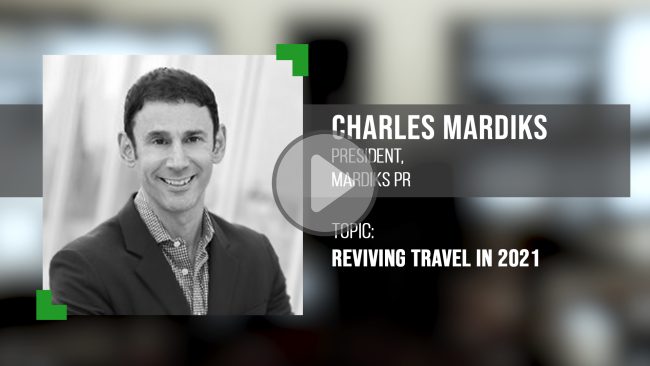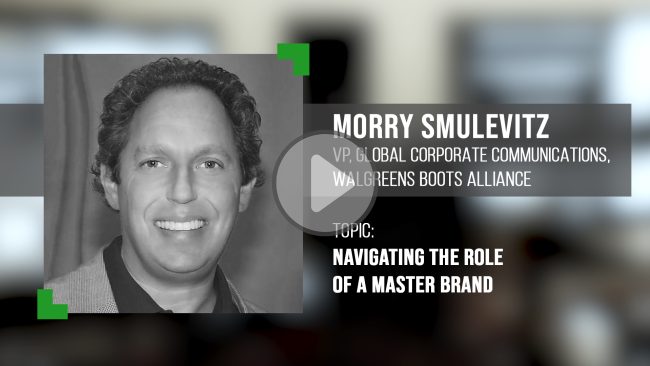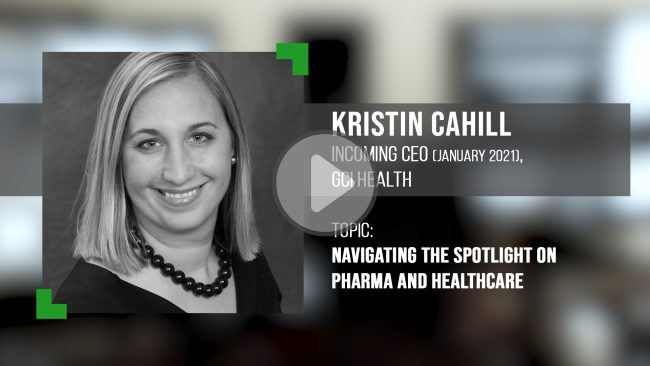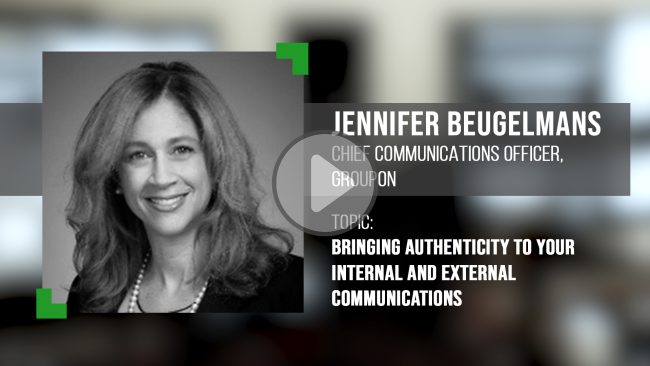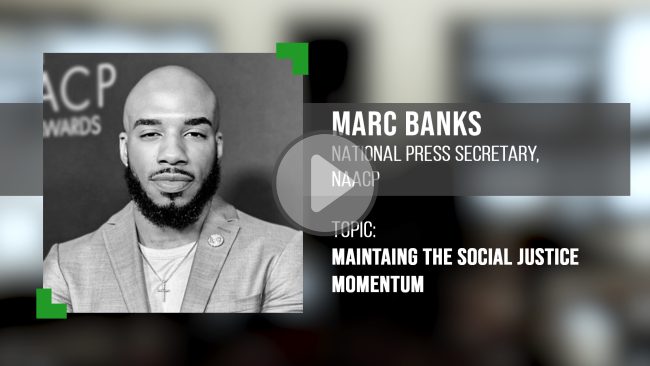PR’s Top Pros Talk…Travel – Charles Mardiks
Charles Mardiks, President at Mardiks PR, outlines what travel organizations need to do to make a comeback in 2021. He emphasizes the importance of patience and gradual planning. Charles also shares strategies that travel brands can employ to effectively communicate with their stakeholders.


